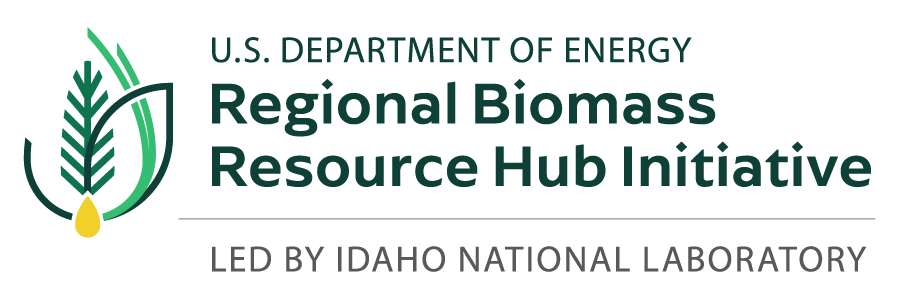Description
An Agent-Based Model (ABM) is used to simulate the adoption behavior of a farmer. The framework allows for incorporating economic, social, environmental, spatial, and behavioral aspects into individual decision-making. We evaluate farmer adoption decisions pertaining to participation in bioenergy supply for corn stover and switchgrass based on farm level attributes, market structure, social networks, media influence and individual characteristics. The model is developed for a specific supply region to understand how individual decisions can propagate into aggregate level outcomes.
Capability Bounds
The model is useful for assessing decision making along a supply chain to evaluate biomass resource mobilization for a variety of biomass types. The model is adaptable to perform regional assessments.
Unique Aspects
The modeling framework is flexible to incorporate varied decision rules depending on the research objectives to provide forward looking estimates on potential trajectories for biomass resources and evolution of potential supply chains.
Availability
The modeling tool can be adapted to meet the needs of a potential collaborator on a joint research project to develop granular decision-based approaches for modeling biomass resource availability.
Benefit
The model can improve our understanding of the most important levers that can impact farmer adoption and how it can influence the future of the industry.
Capability Expert(s)
Rajiv Paudel, Damon Hartley, Pralhad Burli
References
Burli, P. H., Nguyen, R. T., Hartley, D. S., Griffel, L. M., Vazhnik, V., & Lin, Y. (2021). Farmer characteristics and decision-making: A model for bioenergy crop adoption. Energy, 234, 121235.
